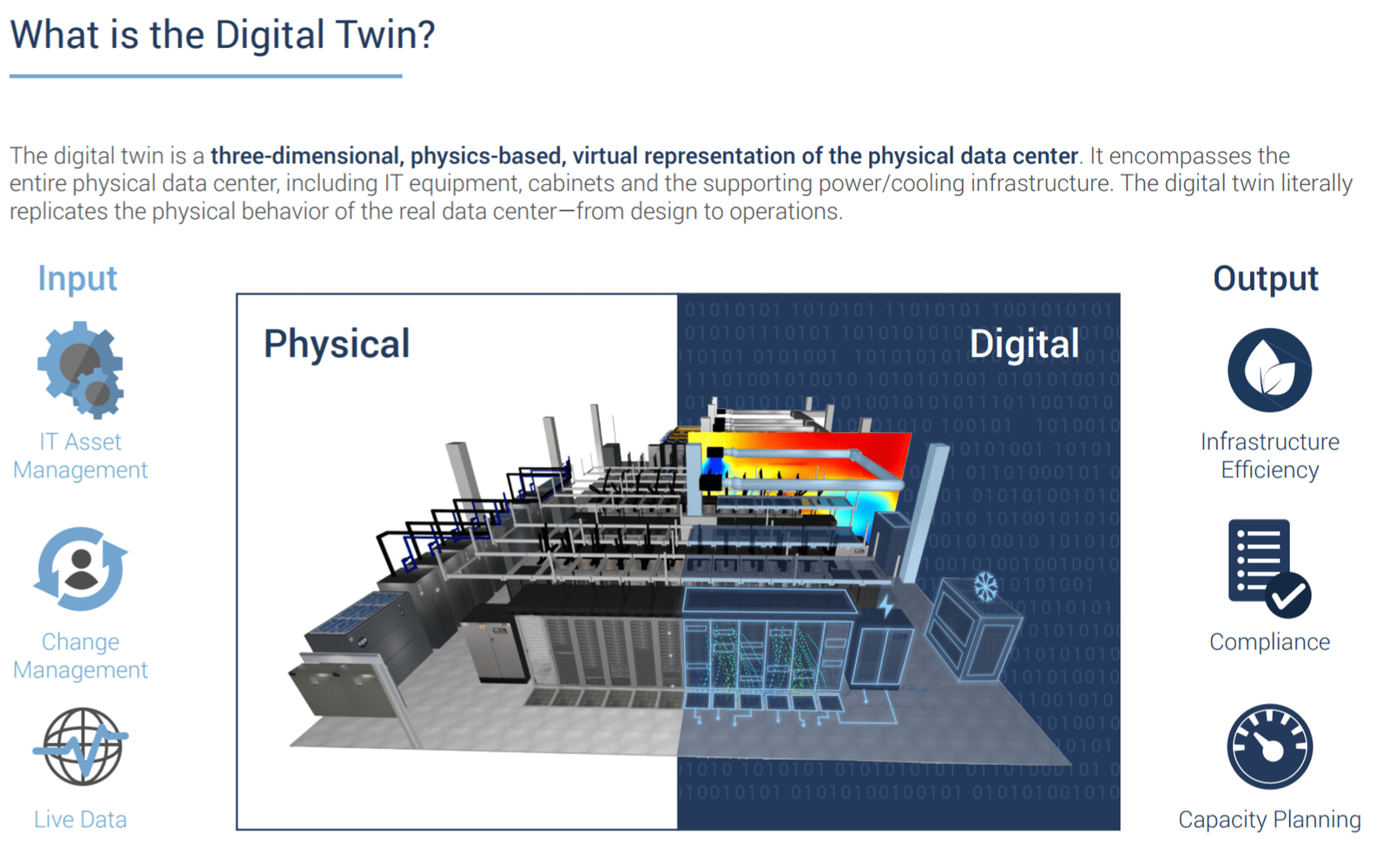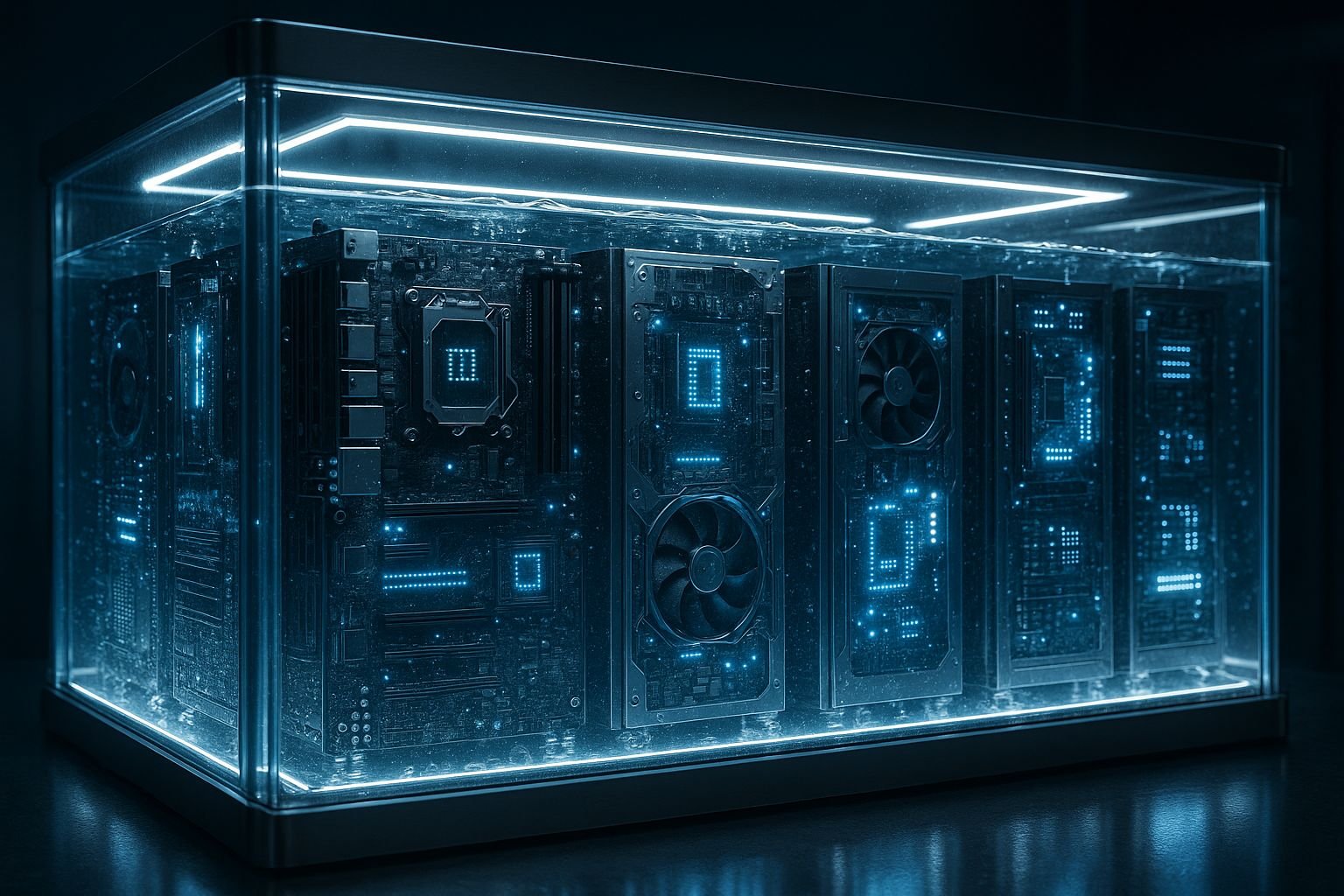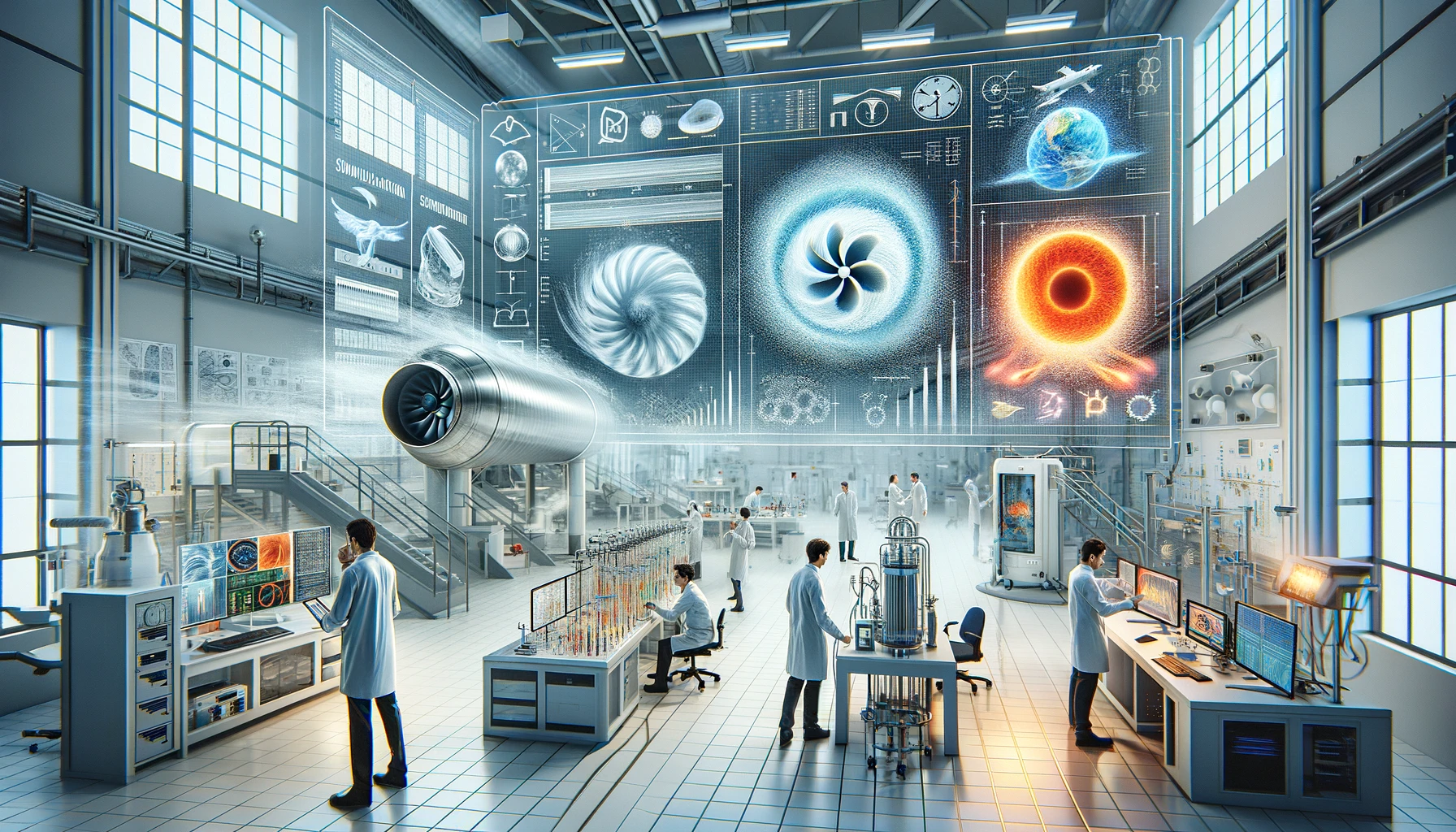
Table of Contents
Introduction
Data centers are the critical infrastructure of the digital era, powering everything from social media and video streaming to financial systems and industrial automation. These facilities must deliver reliable, uninterrupted service 24/7—often at staggering scales of power consumption and heat generation.
One of the biggest challenges in data center design is managing heat. Even a modestly sized data center racks thousands of servers that together produce megawatts of heat. Inefficient cooling design leads to hotspots, higher energy bills, reduced equipment lifespan, and even catastrophic outages.
While much discussion focuses on cooling technologies themselves—like Computer Room Air Conditioning (CRAC) units or liquid cooling loops—the building design of a data center fundamentally shapes airflow and cooling effectiveness.
In this article, we explore in detail how the building’s architecture, layout, materials, and construction choices directly influence airflow paths, temperature distribution, cooling efficiency, and operating costs.
We will cover:
- Why airflow matters so much in data centers
- How building layout affects airflow patterns
- Architectural choices that support (or undermine) cooling
- Examples of design best practices
- The role of Computational Fluid Dynamics (CFD) simulation in optimizing designs
- Future trends and sustainable cooling
By the end, you’ll understand why integrated thinking about building design and cooling strategy is essential to delivering high-performing, reliable, and energy-efficient data centers.
Why Airflow Matters in Data Centers
Before examining building design in detail, let’s briefly review why airflow is so critical.
Servers and IT equipment generate concentrated heat loads. Left unmanaged, this heat increases local temperatures (hotspots), risking equipment shutdown or failure. Industry guidelines like ASHRAE TC9.9 specify recommended inlet air temperatures to avoid thermal stress on servers.
Cooling typically accounts for 30–50% of a data center’s total energy consumption. The more efficiently the facility can deliver cool air and remove hot air, the lower its power usage effectiveness (PUE) and the greater its sustainability.
Effective airflow management is therefore essential to:
- Maintain safe and reliable operating temperatures
- Optimize cooling system performance
- Reduce energy costs and carbon footprint
- Support scalability and higher rack densities
Yet airflow is not purely a mechanical system question. The physical structure of the building shapes how air moves, mixes, recirculates, and ultimately how effectively cooling can be delivered.
The Basics of Data Center Airflow
Most data centers use variations on the hot-aisle/cold-aisle approach. Servers are arranged in rows with cold aisles where cool air is supplied to server inlets, and hot aisles where hot air is exhausted.
Key goals of airflow management include:
- Separating hot and cold air streams to prevent mixing
- Delivering sufficient, uniform airflow to all server inlets
- Removing hot air efficiently from the space
When the building’s architecture fails to support these goals, even the best HVAC equipment can underperform.
Building Layout and Its Influence on Airflow
1. Floor Plan and Room Geometry
- Room shape affects airflow paths. Narrow, rectangular rooms can make uniform airflow distribution easier. Large, open-plan rooms may have zones with poor airflow or unbalanced pressure.
- Ceiling height is critical. High ceilings can create stratification, where hot air pools above equipment level. Low ceilings limit duct routing and air volume.
- Column placement can obstruct airflow or create recirculation zones.
Best practice: Plan early for an optimized floor plan with airflow modeling to avoid dead zones or obstructions.
2. Raised Floor Design
Many data centers use raised floors as supply plenums for chilled air.
- Height of the raised floor determines available air volume. Too low, and airflow resistance increases; too high may be costly without benefit.
- Underfloor obstructions (cables, supports) can block airflow and create non-uniform supply.
- Perforated tile placement must be coordinated with equipment layout to deliver cool air precisely where needed.
Example: A raised floor height of 600 mm (24 in.) is often considered a balance between cost and airflow performance.
3. Return Air Paths and Ceiling Plenums
Just as important as delivering cool air is removing hot air.
- Drop ceiling plenums can serve as return air paths to CRAC units.
- Poorly sealed ceilings allow mixing of hot and cold air, reducing system efficiency.
- Return grilles need to be carefully placed to capture hot air effectively.
Best practice: Use well-defined, sealed return air paths to avoid recirculation.
4. Zoning and Containment Strategies
Containment (hot aisle or cold aisle) physically separates hot and cold air streams.
- Building design must support containment with structural features, sufficient ceiling height, and planned routing of ducts or baffles.
- Retrofitting containment into a building not designed for it can be expensive and less effective.
Best practice: Incorporate containment requirements into building design from the outset.
5. Load Distribution
If the building design assumes uniform IT load but actual deployments are uneven, airflow distribution will suffer.
- High-density zones may starve for cool air.
- Low-density zones waste cooling capacity.
Best practice: Design for flexible zoning that can adapt to changing rack densities.
Architectural Features That Impact Cooling
Beyond the basic floor plan, many architectural choices impact airflow and cooling.
1. Building Envelope
- Insulation: Good thermal insulation reduces heat gain from the outside.
- Solar loads: Window placement, shading, and reflective materials reduce solar heating.
- Air infiltration: Poor sealing leads to uncontrolled air exchange with the outdoors, adding load on cooling systems.
Example: A well-insulated, airtight envelope minimizes heat loads and improves cooling predictability.
2. Roof Design
- Roof color and material affect heat gain.
- Green roofs or reflective membranes can reduce solar heating.
- Roof penetrations must be sealed to prevent air leakage.
Sustainable practice: Cool roofs lower building heat gain, indirectly reducing cooling demand inside.
3. Structural Flexibility
Data centers evolve over time.
- Designing for modular build-outs allows adding new halls without disrupting airflow in existing ones.
- Column spacing and load-bearing design should support future containment or layout changes.
Future-proofing: Flexible architecture allows adapting to new cooling technologies (e.g. liquid cooling) without costly rebuilding.
4. Mechanical Rooms and Equipment Placement
- Locating chillers, CRAH units, or air handlers far from the IT space increases duct losses and reduces efficiency.
- Mechanical rooms should be planned for short, direct supply and return paths.
Best practice: Integrate MEP (mechanical, electrical, plumbing) design with architectural planning early.
Examples of Building Design Best Practices
Example 1: Hyperscale Data Center
A hyperscale operator designed long, narrow data halls with hot aisle containment.
- High ceilings allowed stratification of hot air above containment height, ensuring separation.
- Dedicated return air ducting moved hot air directly to rooftop air handlers.
- Result: PUE below 1.3 in a warm climate.
Example 2: Retrofit of Legacy Facility
An older data center struggled with hot spots due to underfloor obstructions.
- Raised floor height was increased during a renovation.
- Underfloor cable trays were reorganized to clear airflow paths.
- Result: Improved airflow uniformity reduced CRAH fan power requirements by 20%.
Example 3: Modular Edge Data Center
A modular edge facility used rooftop-mounted direct evaporative coolers.
- The building envelope was highly insulated, minimizing heat gain.
- The floor plan supported short, direct airflow paths without raised floors.
- Result: Very low mechanical complexity, with cooling energy savings of over 30% compared to traditional DX units.
The Role of CFD Simulation in Building Design
While architectural guidelines and rules of thumb are helpful, airflow is inherently complex and 3D.
Computational Fluid Dynamics (CFD) is the gold standard for validating and optimizing building design for airflow and cooling.
Benefits of CFD analysis:
- Visualize airflow paths and temperature distributions before construction.
- Identify and fix hotspots early in the design.
- Optimize tile placement, containment strategies, and duct routing.
- Reduce overdesign and unnecessary cooling capacity.
At EXPERIQS, we routinely perform CFD studies for:
- New builds
- Retrofit projects
- Failure scenarios (e.g. CRAH outage)
- Energy optimization projects
Example workflow:
- Import building and mechanical layout from BIM/CAD models.
- Define IT load distribution.
- Simulate airflow, temperature, and pressure fields.
- Analyze results for hotspots, short-circuiting, recirculation.
- Recommend design modifications.
CFD simulation is now standard practice among leading data center operators and consultants.
Sustainable Cooling and Building Design
Data centers face increasing scrutiny over their energy and carbon footprints.
Building design plays a crucial role in supporting sustainable cooling solutions:
- Free cooling: Climate-responsive design allows greater use of outside air.
- Economizers: Efficient integration of air or water-side economizers needs planned duct routing and space allocation.
- Water use: Building siting and design affect access to sustainable water sources for cooling towers.
- Heat reuse: Modern data centers in urban areas may be designed to recover and export waste heat to district heating systems.
Designing the building envelope, layout, and mechanical spaces with these strategies in mind unlocks significant sustainability gains.
Future Trends
The evolution of data center design will further tighten the integration between architecture and cooling strategy.
Emerging trends include:
- Liquid cooling: Denser IT loads will require liquid cooling loops, impacting mechanical room layout and floor strength.
- Direct-to-chip cooling: Reduces airflow needs but requires careful plumbing design.
- AI optimization: Machine learning models can dynamically adjust cooling setpoints based on real-time thermal data, but they rely on well-designed airflow paths.
- Prefabricated/modular designs: Standardized, factory-built modules often have optimized airflow baked in.
Forward-thinking architects and engineers will design buildings not merely as shells to house IT equipment but as integrated systems supporting advanced cooling technologies.
Conclusion
Airflow and cooling are among the most mission-critical challenges in data center design. While HVAC systems and containment strategies get much attention, the building design itself is equally important.
From the floor plan and raised floor height to ceiling plenums, envelope insulation, and equipment rooms, every architectural decision shapes airflow patterns, cooling performance, and operating costs.
By taking an integrated approach that combines architectural design, mechanical system planning, and CFD analysis, data center operators can achieve:
- Lower PUE
- Greater reliability
- Flexibility for future growth
- Reduced environmental impact
At EXPERIQS, our multidisciplinary team brings together experts in CFD simulation, mechanical engineering, and architectural design to help our clients build data centers that are not only robust and scalable but also energy-efficient and sustainable.
Interested in optimizing your data center’s airflow and cooling through better building design?
Contact EXPERIQS today to learn more about our design consulting and CFD simulation services.








